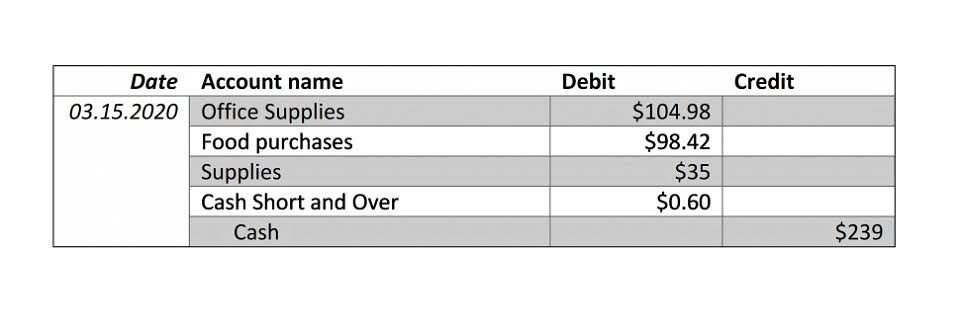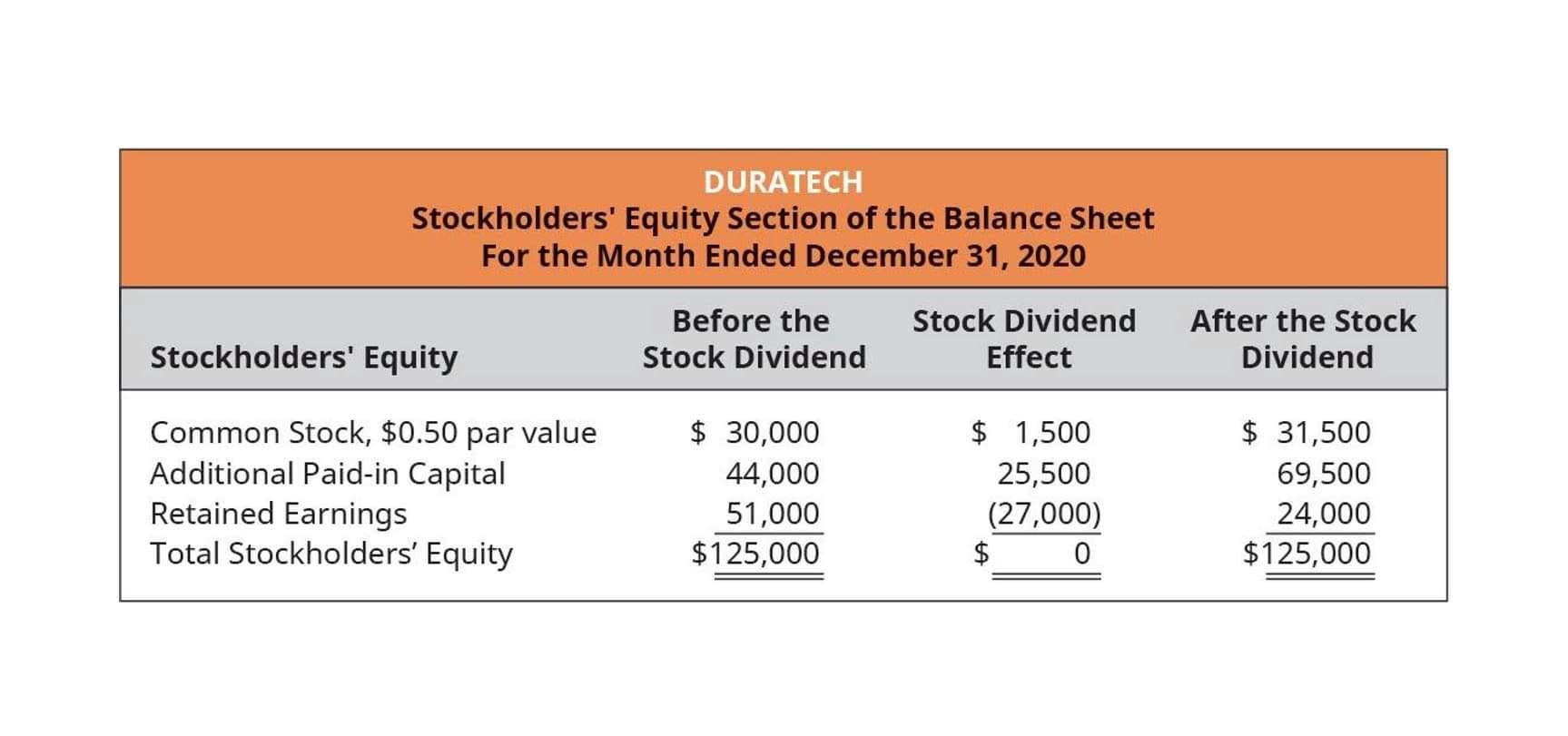
For the year 2023, there have been updates to the income subjected to the Social Security tax. Previously, in 2022, only the first $147,000 of an individual’s earnings were subject to this tax. This change impacts both employees and employers as both are required to contribute 6.2% of wages up to the newly established limit. Federal Insurance Contributions Act (FICA) when was fica established is a federal payroll tax law that requires employers and employees to contribute to Social Security and Medicare programs. Self-employed individuals calculate and pay self-employment tax using Schedule SE and Form 1040, the U.S. The tax is calculated based on the individual’s net income from self-employment, subject to the same wage base limits as FICA taxes.

Exempt Individuals and Groups
You are now leaving AARP.org and going to a website that is not operated by AARP. Rich Finzer earned his boating license in 1960 and started his writing career in 1969. His writing has appeared https://www.bookstime.com/ in «Northern Breezes,» «Southwinds,» «Living Aboard,» «Good Old Boat,» «Latitudes & Attitudes,» «Small Craft Advisor,» «Life in the Finger Lakes,» «BackHome» and «Dollar Stretcher» magazines.

Benefits of Paying Extra on Your Personal Loan Each Month
Enterprises and larger employers can expect to pay more FUTA taxes, though their rate per worker won’t change. Check out our comprehensive employer’s guide to payroll taxes – a structured and simple overview of what employers need to know about the taxes that flow through payroll – on both the employer and employee side. From then until now, American wage earners have had a portion of every paycheck withheld throughout their working years so that they can receive financial benefits from the government in their retirement years.

What is a withholding tax?
- Since then, a Medicare payroll tax was added in 1965 to contribute to Medicare costs.
- For example, FICA taxes do not apply to services performed by employed students, the Internal Revenue Service says.
- The FICA tax applies to earned income only and is not imposed on investment income such as rental income, interest, or dividends.
- These penalties can be substantial and may have long-lasting consequences for both the employer and the individual.
- For the self-employed, the FICA taxes are often called self-employment taxes.
Diverting FICA payroll taxes for other uses threatens the future solvency of Social Security at a time when these programs need more, not less revenue. It also undercuts the “earned benefit” nature of Social Security, even if payroll tax contributions are backfilled with general federal revenues. Reducing or eliminating payroll taxes for unrelated purposes – even temporarily – paves the way for other proposals which could dismantle our successful social insurance programs. Protecting the FICA revenue stream preserves workers’ “legal, moral, and political right” to fully collect their earned benefits. Because Social Security depends on FICA payroll taxes for most of its revenue, it’s important that this vital funding stream not be diverted for other purposes. Unfortunately, there are proposals from the White House and some in Congress that would misuse payroll taxes for programs unrelated to Social Security.
Example 2: Employee Earning $300,000
- Employers with a positive reserve ratio receive the lowest tax rates, while negative-ratio employers may encounter substantially higher rates.
- This helps ensure the same coverage under social insurance programs, like Medicare and Social Security, once a self-employed person reaches retirement.
- If you have a job that produces a W2 plus a self-employed job, FICA taxes will first be taken from the W2 income amount.
- FICA taxes are automatically deducted from an employee’s paycheck and are split between the employer and employee, with each party responsible for paying a specific percentage of the total tax.
- In 1965, the payroll tax to fund health care benefits was added when Medicare was signed into law by President Lyndon B. Johnson.
FICA taxes only apply to earned income, including salaries, wages, bonuses, tips, commissions and taxable fringe benefits. Federal income tax applies to earned and unearned income, which includes taxable interest, ordinary dividends and capital gain distributions. 6.2% of an employee’s gross wages go to Social Security tax and 1.45% of their gross wages go to Medicare tax.
Services performed by certain individuals hired to be relieved from unemployment
See, the Self-Employment Contributions Act (SECA) says you still have to contribute to Social Security and Medicare, even if you’re self-employed. As we discussed above, when Congress passed FICA, the whole idea was to fund a retirement savings plan (Social Security) and insurance program (Medicare) for American workers. FICA taxes help provide benefits for retirees, disabled people and children. This contribution helps your parents and grandparents have a secure retirement while securing today and tomorrow for you and your future family. Another unique condition came into play with the Coronavirus Aid, Relief, and Economic Security (CARES) Act in 2020. The act allowed employers to defer their share of Social Security taxes until the end of 2022.

- Social Security was designed to assist those people as well as infuse needed spending power into the moribund economy.
- As previously stated, if you have an employer, you’ll pay half of the FICA taxes, based on the net earnings from wages paid, and get an employer match for the other half.
- According to the IRS, FICA taxes include old-age, survivors and disability insurance taxes (Social Security) and hospital insurance taxes (Medicare).
- If you are a business owner, your business needs to be FICA compliant too.
- For instance, nonresident aliens who are employees of foreign governments or international organizations are subject to FICA taxes.
- However, it has remained mostly stable for the past few decades, offering a predictable, albeit mandatory, financial obligation for American workers and businesses.
- Medicare tax rates rose from 0.35% in 1966 (when they were first implemented) to 1.35% in 1985.
![]()


